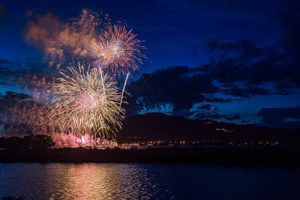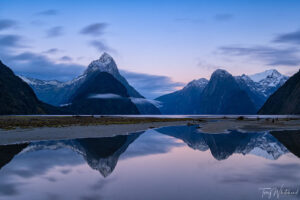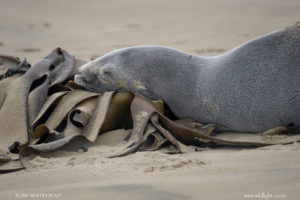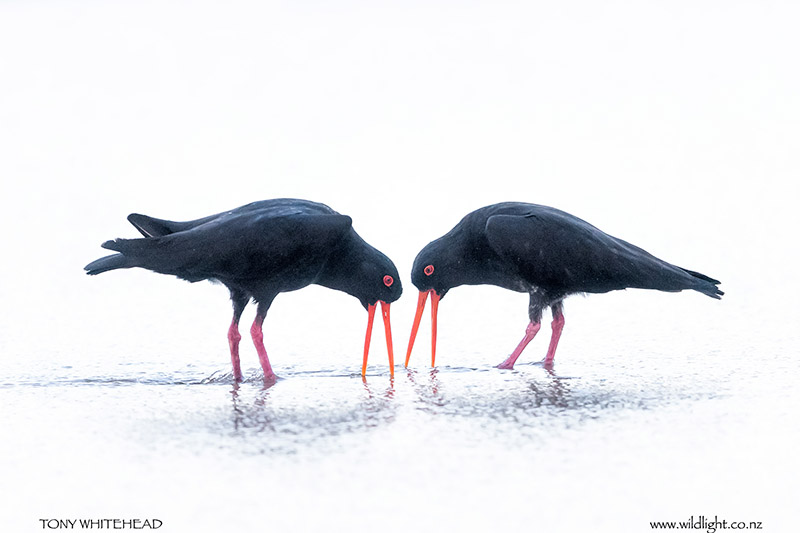
Bird photography competitions are a unique subset of photography competitions. As I wrote in my recent post on Photography Competitions, you need a bit of a thick skin when you submit an image that you feel is good and the judges then pass it over. I don’t envy the judge’s role as most competitions will present them with a number of top photos that they then need to make a decision on how to rank with some worthy photos missing out completely. The recent birdsAplenty competition was no different.
After sending in my entries I had half regretted it as my week and weekend plans had changed at short notice and needed me to be in Auckland on Friday evening. I had been looking forward to attending the birdsAplenty exhibition after work on Friday but with the Auckland trip had decided to forgo this in favour of getting up to Auckland earlier as we had a very early start planned for Saturday morning. A text message from the organiser midmorning on Friday inviting me to attend as I was a prizewinner somewhat stymied this plan and the end of work saw me driving east instead of west.
I was lucky to get second place in the Birds of New Zealand category for my Oystercatchers and a Commended in the Birds of Whakatane for my Pied Shag. The reason I say lucky is that luck has a lot to do with the results. A degree of technical skill and fieldcraft is essential to get yourself into contention but anyone with the passion to pursue birds rather than just take opportunistic shots can do this. After that you are having to accept the subjective assessment of the judge and there are no specific rules. With this competition the top 40 images are printed and exhibited and it is lovely to see the range of excellent photos. The standard this year seemed very high despite the total number of entires apparently being a little down. As usual my reaction to walking in looking through the photos was to think “there are some amazing images here, I shouldn’t have even bothered entering”. There were some images that I recognised from social media and some that have been recognised by the Photographic Society of New Zealand (PSNZ) and selected for printing in NZ Camera, their annual book of top photos from members. Some of these had not even been recognised with commendation and it led me to wonder why as they are very good images.
The conclusion that I reached is that as bird photographers, some of us pursue objectives that sometimes do not gel with what a judge is looking for. Personally I take a lot of pleasure in a well lit, well composed bird performing something interesting or even just looking beautiful. If that bird is one that is difficult to find and photograph or a behaviour that is difficult to capture, in my view it should score better, a bonus point for degree of difficulty as they use in gymnastics or diving, if you will. This would require the judge to have a good knowledge specifically of birds and bird photography so we need to accept that other artistic elements that are more subjective come into play. I think it may explain a little of why my photos were recognised over some that I thought were at least as deserving of recognition.
I am currently doing an introductory photography course with my son, Paul, through our local PolyTech, Toi Ohomai Institute of Technology, and while I am very familiar with the technical aspects of controlling a camera the thing I am enjoying the most is the art theory and principles of design being covered by tutor Riley Claxton. I have read widely on photography and look for lines, shapes, textures, colours and forms that intuitively please me but dissecting and analysing elements individually has been very useful and interesting. Analysing my two images that were recognised compared to my two that weren’t, I think I may see some reasons.

The Oystercatcher pair stands out for its symmetry, clear back ground and red. They are relatively common birds so no degree of difficulty bonus point here. Ornithologically it shows an interesting behaviour but even if this is ignored it catches the eye to stand out from the crowd and make the judge look again.
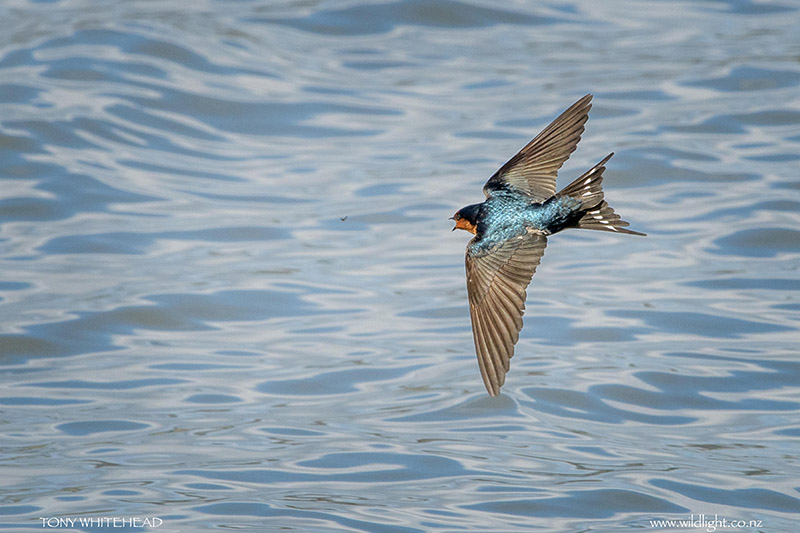
This image of a Welcome Swallow hawking a midge in flight, in my mind definitely deserves a point for degree of difficulty despite it being a common bird. The technical difficulty can only really be appreciated by someone who has tried to get such a photo so not too many people would understand that aspect of the image. I really liked the light on the feathers, the curves and patterns of the water in the background, the athletic aerodynamics of the tail and of course the open bill, nictitating membrane protecting the eye and doomed midge but to others it can look like just another swallow flying over water. Too much of what I like is in my knowledge of the bird and circumstance than is explicit in the photo.
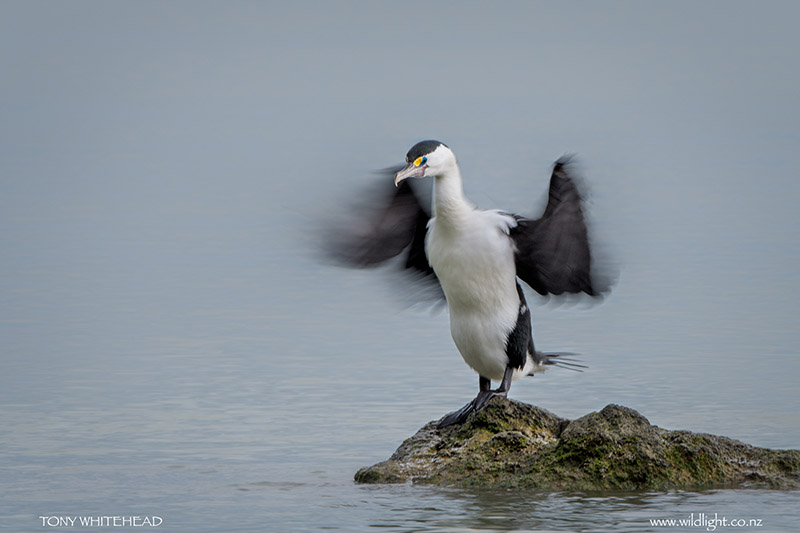
This image of a Pied Shag shaking off it’s wings after fishing conveys something we have all seen. From a pure bird photography point of view I would have used a higher shutter speed to retain more definition in the wings but with this image I was really trying to accentuate the feeling of motion to make it stand out. It obviously warranted a second look and was commended as a result.
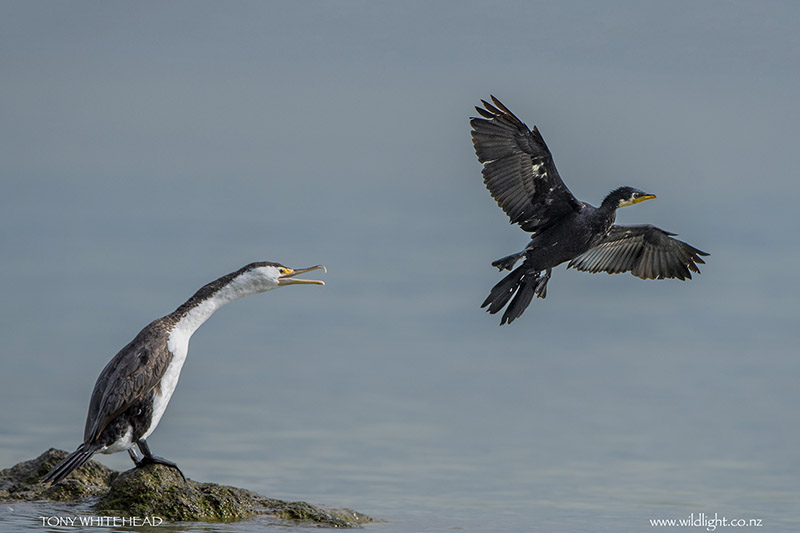
This image showed an interesting interaction between a juvenile Pied Shag and a Little Shag. As bird photographers the holy grail can sometimes seem to be trying to capture a rare bird showing some fascinating behaviour interacting with another rare bird in stunning light against an incredible background. This image fails on all fronts apart from the interaction but with a very geographically constrained location for the category (Whakatane river from the Heads to the bridge) it was worth entering due to the two species and interaction. If it had succeeded I would talk about eye contact between the birds, rule of thirds and a line of movement through the image from bottom left but because it didn’t I must say that it is a little tight and constrained on the left and bottom of the frame.
I made it safely to Auckland by 23h30 for our 06h00 start and will share some images from an amazing weekend in some upcoming blog posts.
Photos with Nikon D500. Oystercatchers and Welcome Swallow with Nikon 300mm f4 PF lens and Shags with Nikon 500mm f4 VR lens.
